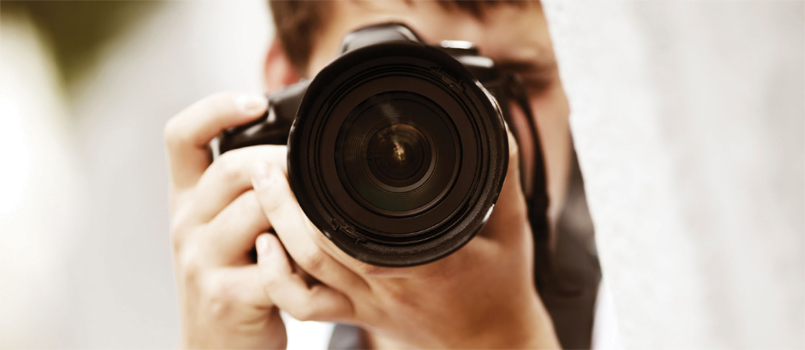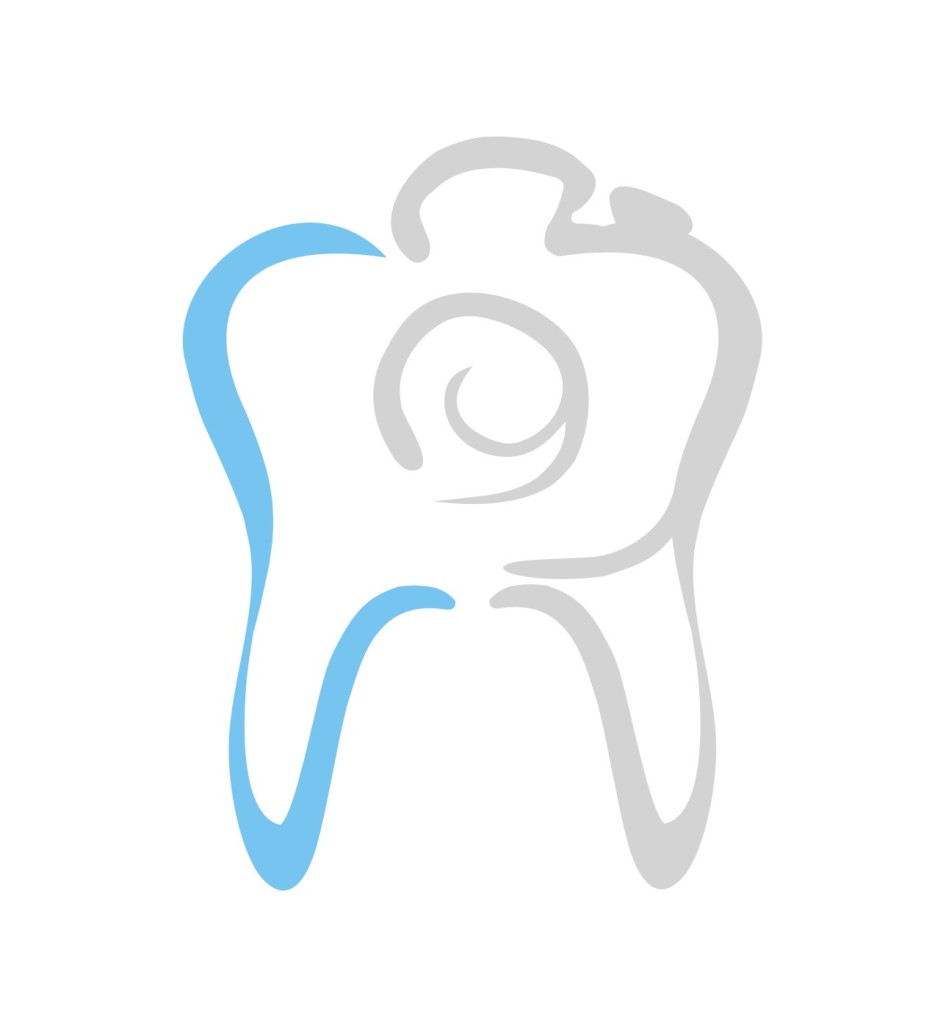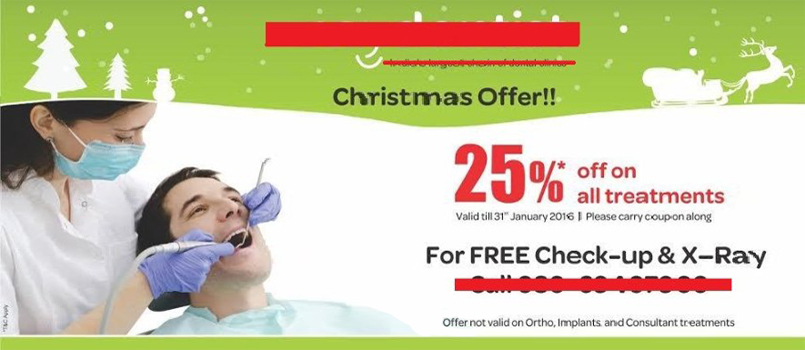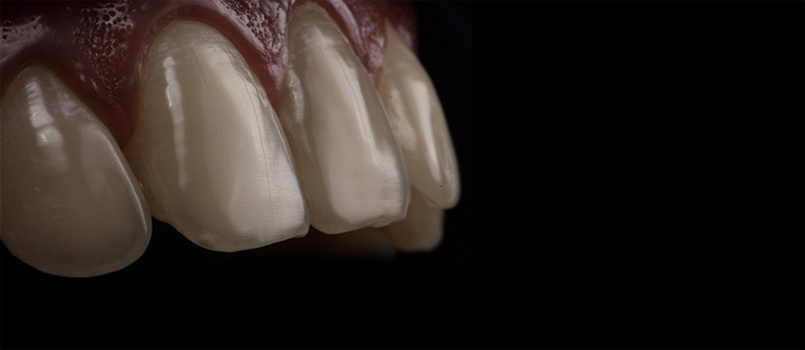
Dental-Photography, Clinical-dentistry-Tips
Despite having innumerable hours of experience with shooting I have met many dentists who pursue dental photography in the AUTO mode.
I have nothing against the use of AUTO mode but I feel there is a HUGE need for the dentists (AND OTHER MEDICAL EXPERTS) to understand that by using the camera in auto mode one fails to realize the true potential of ones DSLR (or other camera) The AUTO mode is nowhere close to what a DSLR camera can really achieve.

It’s actually like a monotonous robot who fails to have a mind of his own.NO creativity, No BRAIN, NO Ambition and NO experimentation … what a dull life.
Despite being a boring mode to shoot in the AUTO mode has innumerable drawbacks one of the greatest drawbacks being the loss of freedom to choose the right focus point.
This post shall be helpful to all the beginners in dental / medical photography who want to understand WHY despite innumerable attempts they do not get a sharp image in any particular situation”
It’s invariably important to have a rough idea of the composition of an image in your mind, not a difficult job for a dentist considering we have few options for standard type of photography. (Of course if you would like to be creative Sky is the limit … but that’s not the point for this post)

We now have a set composition and a magnification to shoot at. We know the settings to shoot at.
The Next step is to focus accurately.
In semiprofessional cameras there is a box (actually meant for face recognition) to help you focus on the area of interest.
In AUTO mode this box tends to change place and even before the dentist knows the box shifts to a place which the camera feels is the desired region for focus and the result is a blurred image.
The reason for this is that the camera will focus on the easiest spot as soon as possible and this usually is a well-lit area with high contrast (be it intra oral or extra oral photography) this area need not be the area where the dentist wants to focus.
So is there a way the dentist can change the focus spot? The answer is yes
In semiprofessional cameras too you can switch to manual focus and manual mode of shooting and shift the box to where exactly you would want to focus.
Remember SMALLER the box … greater will be the accuracy of the spot where you would like to focus.
Speaking about DSLR we have a much professional way to solve the issue
Every DSLR has specific focus points (Number of focus points - 9, 11, as many as 100 or more)
A dentist can pre-select the focus point of choice based on the composition of the image in his/ her mind.
For e.g., selecting the top focus point instead of the center focus point might give greater sharpness to the central incisors which are the subject of conversation in the image.

The focus point can be easily selected using the main dial in Canon cameras. The focus point selected turns RED in the optical viewfinder and also on the LCD screen.
The only thing left NOW is to shoot … hey but wait a minute … we have still not finished actual focusing.
It is always a good choice to set magnification first in the camera and set the lens and camera to manual mode and manAnchorual focus.
Before pressing on the shutter release button one has to make sure that the desired spot is accurately in focus in the optical view finder
If it is not in focus at the desired magnification it is ALWAYS recommended to move your own position rather than change rotate the lens for focusing because that will again change the magnification ratio.
In canon cameras once we achieve accurate focusing the camera gives out a small beep and the focus point flashes red again when we HALF CLICK
(Half clicking is a very good habit that needs to be cultivated because this will tell us if we are correctly focusing or not)
I used a Nikon camera and surprisingly Nikon camera did not give out a BEEP in manual mode during half click – I was a bit uncomfortable with that.
Lastly we need to understand that Focus point is the center of an imaginary sphere (of focused area) Maximum sharpness is in the center and focus reduces as we come towards the periphery.
Hence we should always focus in a spot in between the desired area of depth of field
E.g If we want the entire upper arch in focus it is a good idea to focus on Canines rather than the incisors to avoid wastage of the sharpness in depth of field

Dental Photography School





